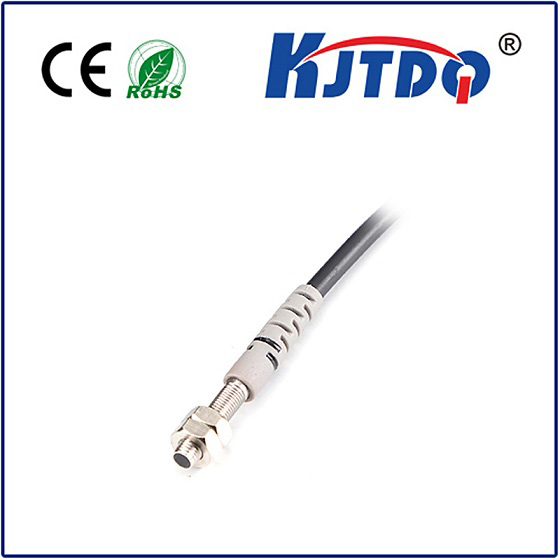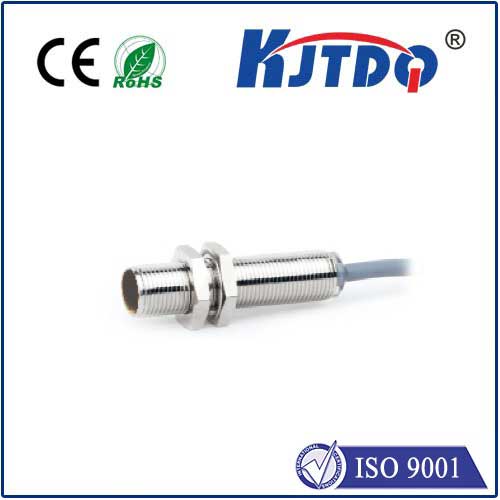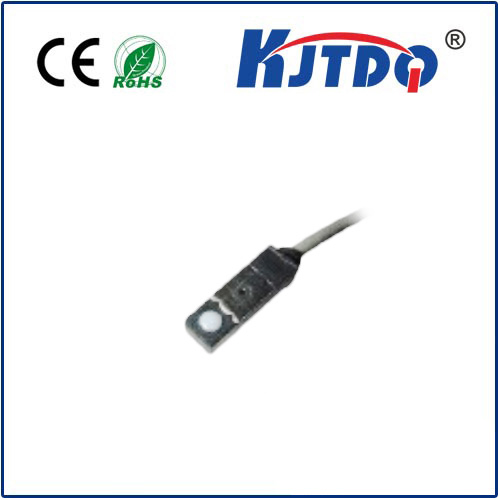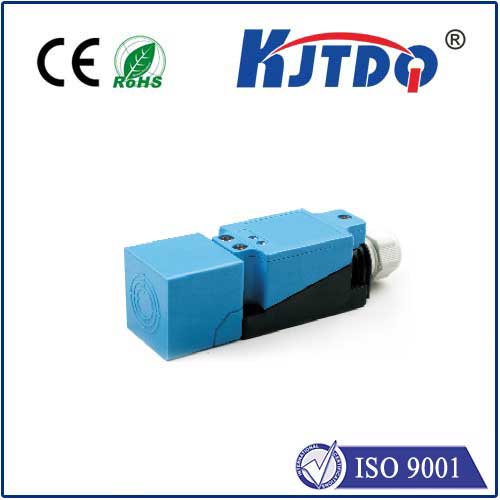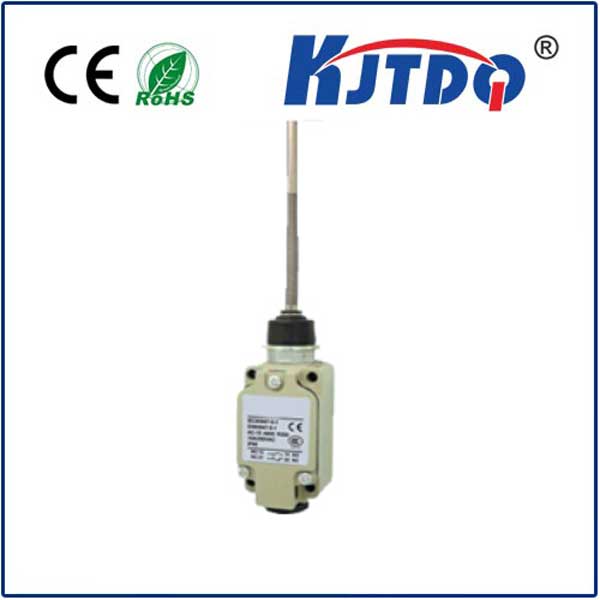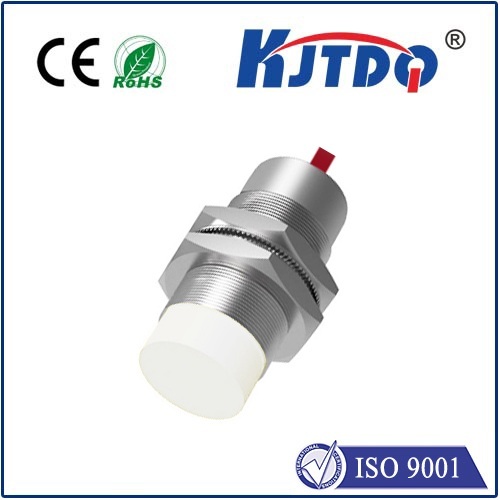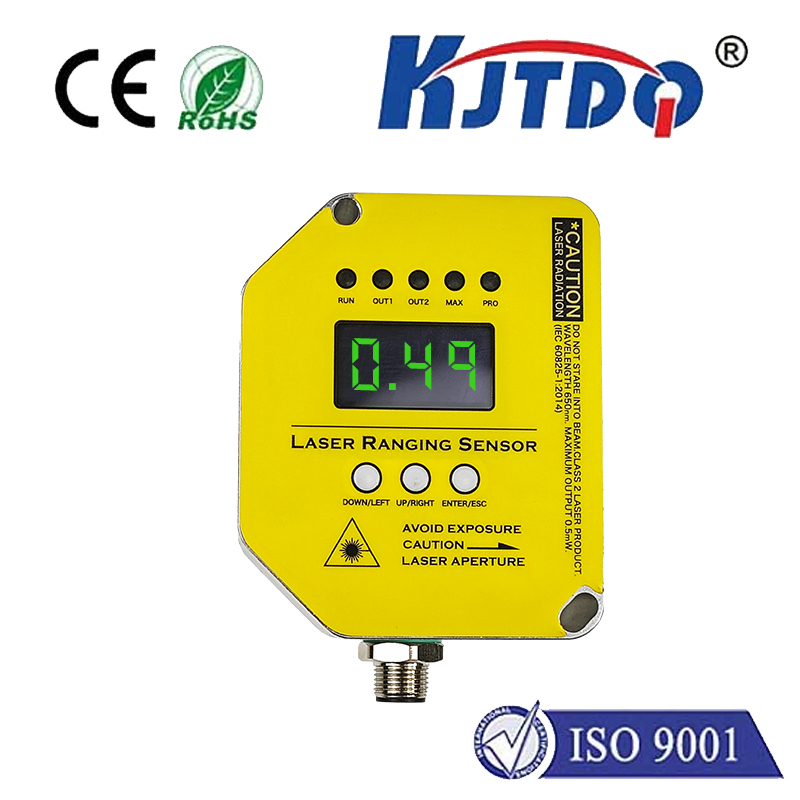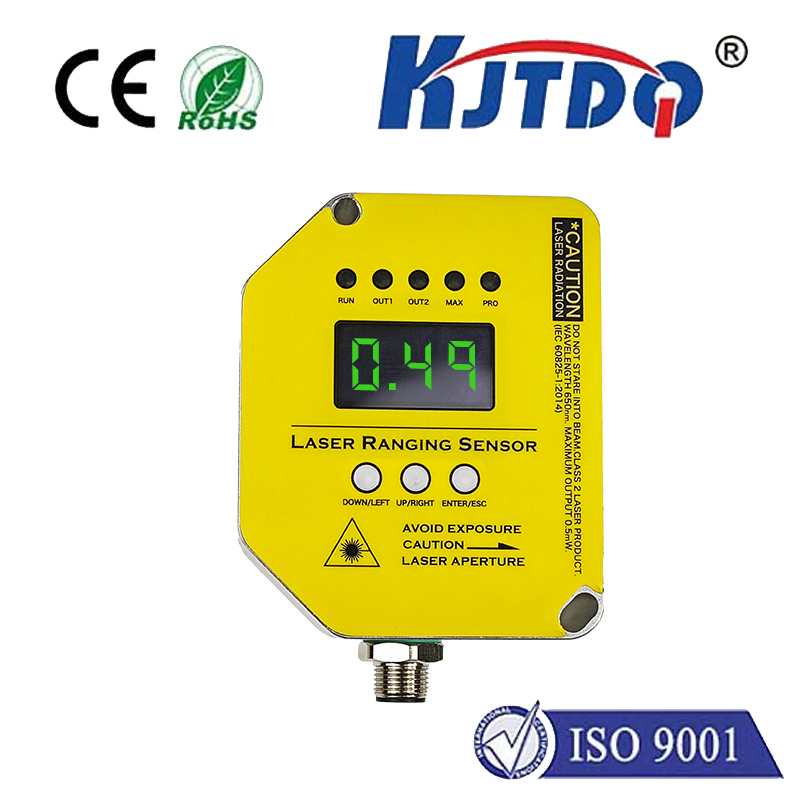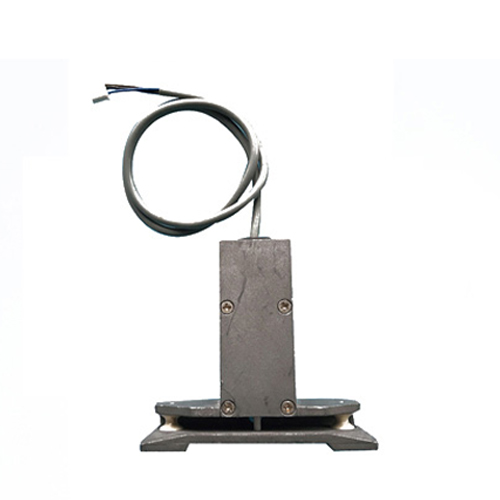non flush sensor
- time:2025-06-20 00:36:15
- Click:0
Non-Flush Sensors: Overcoming Installation Challenges for Robust Industrial Monitoring
Ever installed a sensor only to find its readings skewed or its lifespan cut short? Often, the culprit isn’t the sensor itself, but a fundamental mismatch: attempting to use a flush-mount sensor where a non-flush installation is unavoidable. Understanding non-flush sensors—why they happen, the problems they cause, and crucially, how to mitigate those issues—is vital for reliable industrial measurement and process control.
What Exactly Does “Non-Flush Sensor” Mean?
At its core, a non-flush sensor describes a situation where the sensor’s sensing element or critical measurement face cannot be mounted perfectly level and flush with the surface it’s monitoring. This creates a physical gap or step between the sensor and the target environment. This scenario frequently arises due to:

- Mechanical Constraints: Protruding threads, mounting flanges, protective housings, or cooling fins prevent the sensitive part of the sensor from sitting truly flush.
- Surface Imperfections: The target surface itself might be uneven, pitted, or covered in coatings or residue, preventing flush contact.
- Mounting Accessory Limitations: Necessary adapters, thermal wells, or protective sleeves can inadvertently create stand-off distances.
- Sensor Design: Many sensors, particularly those designed for robustness (like certain pressure transducers or temperature probes), inherently have non-flush designs where the diaphragm or tip is recessed.
Understanding this concept is not about finding a specific “non-flush sensor” product category, but rather recognizing and solving the problems caused when flush mounting isn’t achievable with a given sensor in a specific application.
The Tangible Problems of Non-Flush Installations
Ignoring or underestimating the non-flush condition can lead to significant performance degradation:
- Measurement Inaccuracies: This is the most direct impact. For pressure sensors, even a small recess or protrusion can create turbulence and vortex shedding in flowing media, altering the local pressure field sensed by the diaphragm, leading to significant pressure measurement errors, especially at higher flow velocities. Temperature sensors suffer from poor thermal coupling if not flush, increasing thermal lag and potential errors in sensing the true process temperature.
- Sensor Damage Vulnerability: Sensors protruding into a process flow face increased risk of impact damage, erosion from abrasive media, or excessive vibration fatigue. Vibration-induced failures become much more likely.
- Clogging & Contamination: Recessed sensors can become traps for process media, sludge, or particulates, leading to signal drift, sluggish response times, or complete blockage. This is particularly problematic in sanitary or food-grade applications where cleanliness is paramount.
- Increased Turbulence & Vibration: Protruding sensors disrupt smooth flow, generating undesirable noise (both acoustic and electrical signal noise) and creating vibration hotspots that accelerate sensor wear and tear.
- Cleaning Challenges: Recessed areas are notoriously hard to clean effectively, increasing risks of cross-contamination or biofilm buildup in critical processes.
Strategies and Solutions for Mitigating Non-Flush Issues
Thankfully, engineers and technicians aren’t powerless. Several approaches can minimize or overcome the limitations of non-flush sensors:
- Smart Sensor Selection (When Possible): Wherever the application allows, prioritize sensors specifically designed for flush mounting. Look for smooth sensing faces without steps or threads and ratings like “DIN flush diaphragm” for pressure sensors.
- Protective Guards & Shields: Installing a protective guard ring or shield around a protruding sensor can significantly deflect direct flow impact and reduce vibration while still allowing media access to the sensing element. This is a common solution for flow meters and level sensors.
- Optimized Mounting Accessories: Utilize specialized adapters, tapered seals, or conical compression fittings designed to minimize the recess or step created. Precision-engineered accessories can drastically reduce measurement disturbances.
- Thermal Interface Management: For non-flush temperature sensors, high-performance thermal paste, thermally conductive adhesives, or specially designed thermal pads can dramatically improve the heat transfer path, reducing thermal lag and improving accuracy. Ensuring good thermal contact is often more critical than perfect flushness for temperature.
- Process Knowledge & Calibration: Understanding how the specific process flow interacts with the non-flush installation allows for potential compensation. While not ideal, calibrating the sensor under actual operating conditions can sometimes provide a correction factor, though this requires careful validation.
- Non-Contact Alternatives: In some scenarios, switching to a fundamentally non-contact technology can bypass the problem entirely. Consider optical sensors (IR thermometers, laser distance), ultrasonic sensors, or radar level sensors where flush mounting constraints cause persistent issues with physical probes.
The Rise of Engineered Solutions and Future Trends
Sensor manufacturers are acutely aware of the challenges posed by non-flush installations. This drives continuous innovation:
- Ultra-Low Profile Designs: Ongoing development focuses on minimizing the physical footprint of the sensing element and its housing.
- Integrated Protection: More sensors now come with built-in flow straighteners, streamlined bodies, or vibration-damping elements incorporated directly into the design.
- Advanced Materials: Using superior abrasion-resistant and corrosion-resistant materials allows sensors to better withstand the harsher environment they encounter when protruding.
- Smart Diagnostics: Sensors increasingly incorporate diagnostics capable of detecting conditions like fouling, coating, or excessive vibration that are often exacerbated by non-flush mounting, enabling predictive maintenance.
While the ideal scenario often involves a perfectly flush-mounted sensor, pragmatism dictates that non-flush installations are a common reality in complex industrial environments. Recognizing the challenges—measurement errors, damage risks, clogging—is the first step. Implementing strategic solutions, from protective hardware and thermal management to exploring non-contact technologies or leveraging purpose-built sensors, empowers engineers to achieve robust, accurate, and reliable monitoring despite these spatial constraints. Success hinges on understanding the fluid dynamics, thermal transfer, or physical interactions specific to your application and addressing the non-flush condition proactively.












